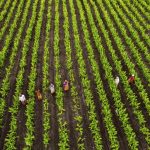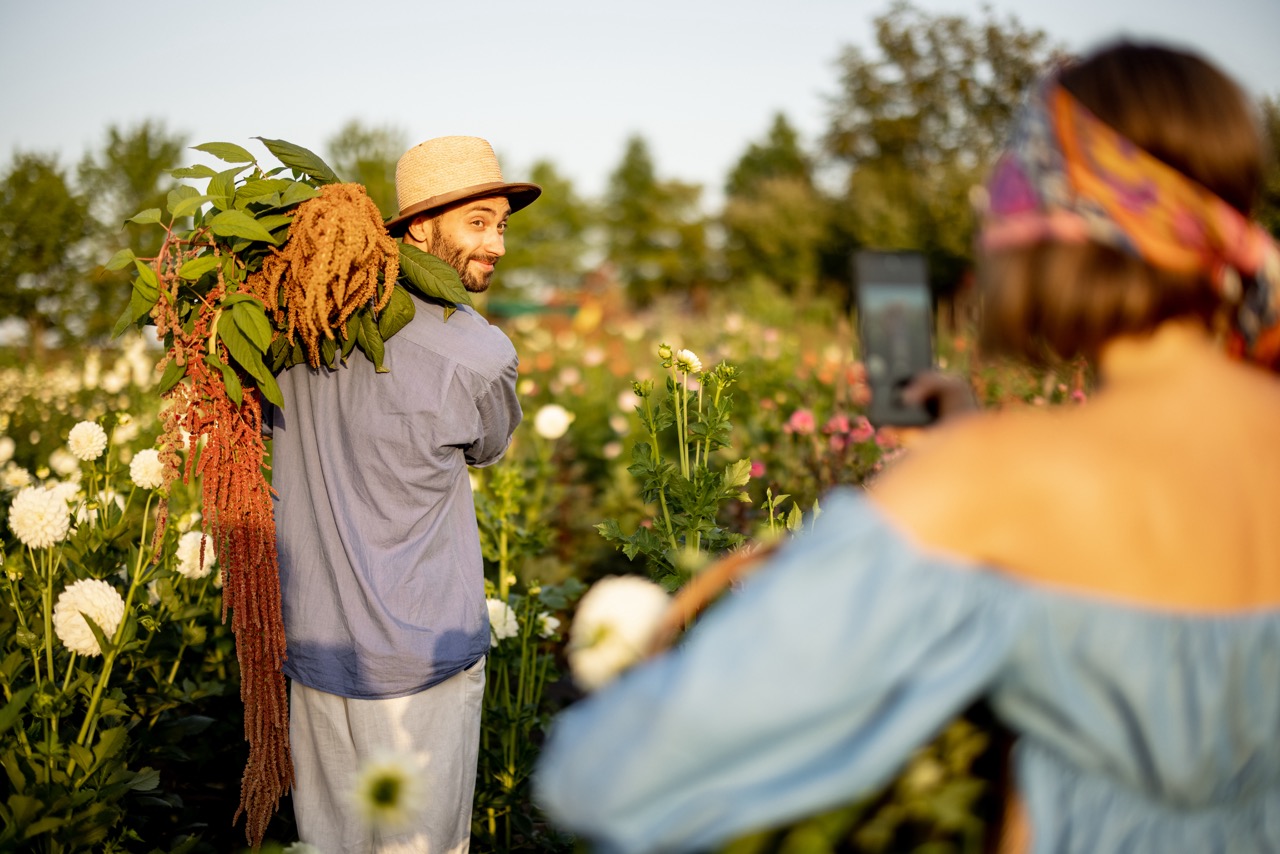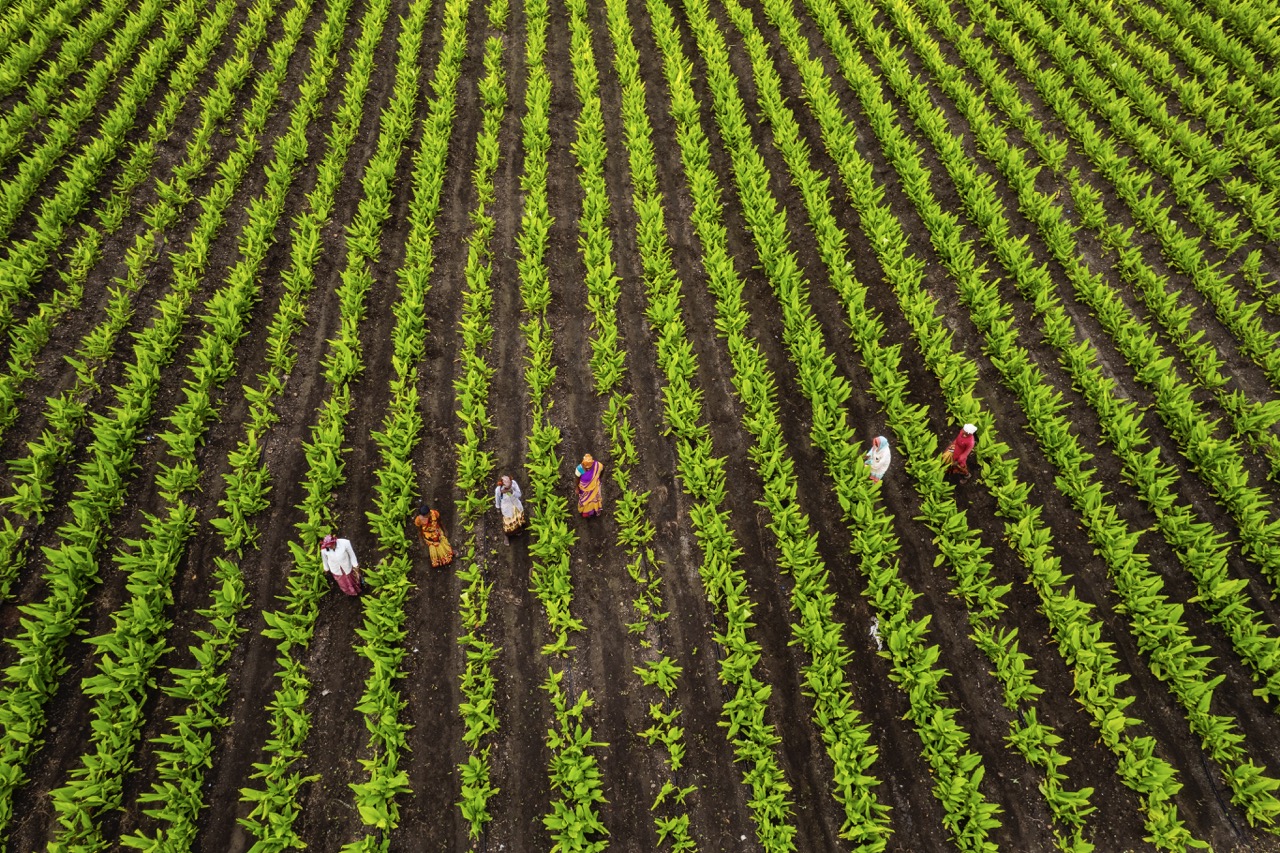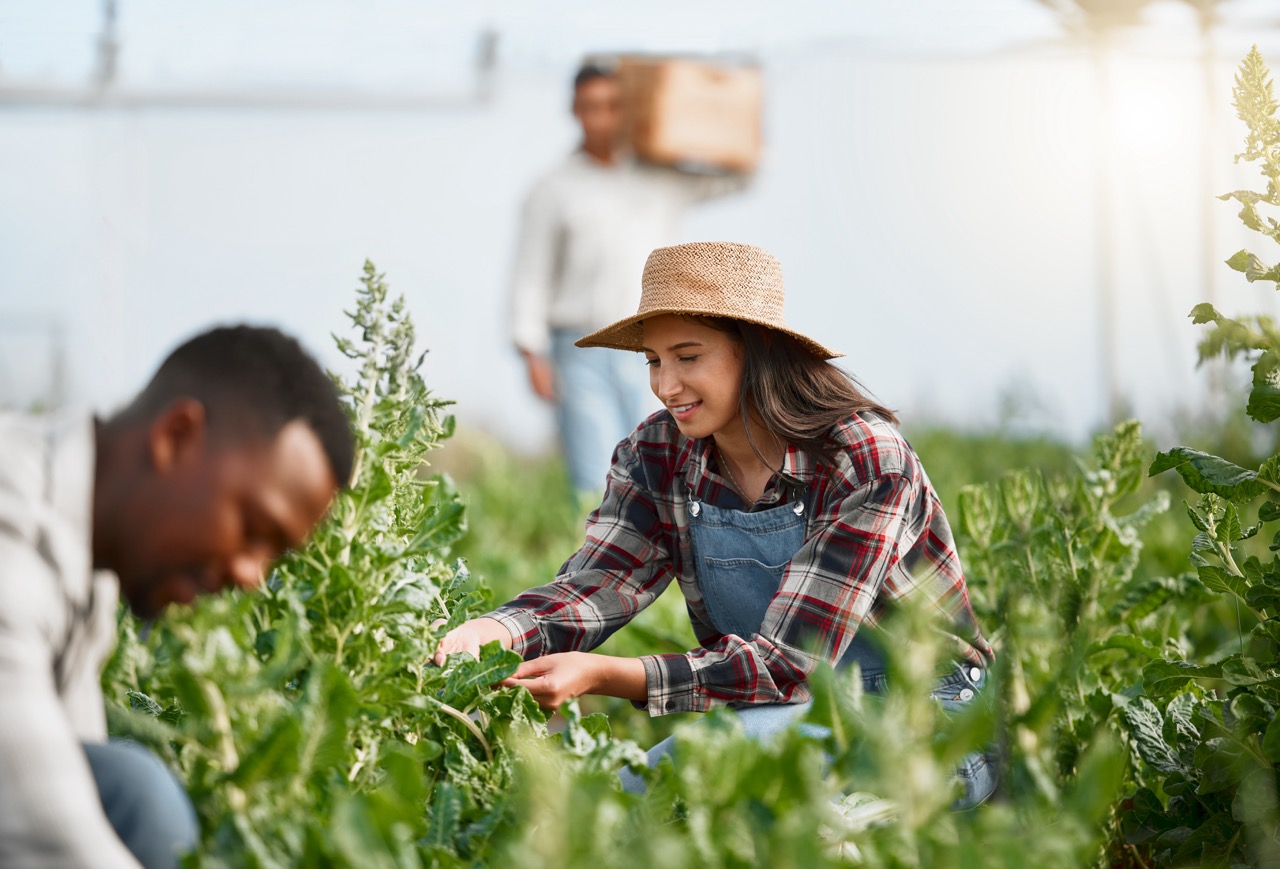Pollinators play an essential role in agriculture, contributing to the production of approximately one-third of the food we consume. As the global demand for food rises, the decline of pollinator populations poses a significant risk to food security and ecosystem health. Integrating pollinator habitats into farming systems not only supports these crucial species but also enhances crop yields and promotes sustainable practices. This article outlines the importance of pollinators, strategies for creating habitats, how to assess landscapes for integration, and best practices for maintaining biodiversity.
Understanding the Importance of Pollinators in Agriculture
Pollinators, including bees, butterflies, and birds, are key players in the reproductive processes of many plants. They facilitate the transfer of pollen, which is vital for the fertilization of flowers and the production of fruits and seeds. This natural service directly impacts the yield and quality of crops, influencing farmers’ profits and local economies. The presence of diverse pollinator species can lead to improved crop resilience and better adaptation to changing environmental conditions.
Moreover, pollinator health is intricately linked to the overall health of ecosystems. Pollinators contribute to the biodiversity of plant species, which in turn supports a wide range of organisms, including other beneficial insects, birds, and mammals. A thriving ecosystem can enhance soil fertility, improve water retention, and create a balanced environment that is less susceptible to pests and diseases. Thus, protecting and promoting pollinator habitats is an investment in both agricultural productivity and ecological well-being.
However, pollinator populations are facing unprecedented challenges, including habitat loss, pesticide exposure, and climate change. Farmers have a unique opportunity to turn this trend around by integrating pollinator-friendly practices into their agricultural systems. By doing so, they can not only ensure the sustainability of their crops but also contribute to the resilience of the local ecosystem.
Key Strategies for Creating Pollinator-Friendly Habitats
Creating pollinator-friendly habitats begins with understanding the specific needs of pollinators in your area. Different species require different resources, such as nectar and pollen from flowering plants or nesting sites. Planting a diverse array of native flowering plants that bloom at various times throughout the growing season can provide essential resources for pollinators. Incorporating wildflowers, shrubs, and trees into the landscape not only attracts pollinators but also enriches the farm’s ecological diversity.
In addition, minimize the use of pesticides and herbicides that can harm pollinators. When chemical treatments are necessary, opt for targeted application methods and select less harmful alternatives whenever possible. It is also beneficial to create buffer zones or designated areas where pesticides are prohibited. These practices foster a healthier environment for pollinators to thrive, ultimately benefiting the farm by increasing the efficiency of pollination.
Lastly, establishing nesting sites is crucial for supporting pollinator populations. This can be achieved by leaving areas of bare ground for ground-nesting bees, providing brush piles for solitary bees, and maintaining dead wood for cavity-nesting species. Encouraging a variety of nesting sites will help sustain a diverse pollinator community, ensuring that these vital organisms can continue their essential work in agricultural settings.
Assessing Your Farm’s Landscape for Pollinator Integration
To effectively integrate pollinator habitats into your farming system, conducting a landscape assessment is paramount. Begin by mapping out your farm and identifying areas that could benefit from additional floral resources. Look for zones that are underutilized or have low agricultural value, such as field edges, fence lines, or corners. These areas can be transformed into vibrant pollinator habitats, enhancing the overall landscape and bolstering biodiversity.
Observe the existing plant species on your farm and evaluate their flowering patterns. Are there sufficient flowers available throughout the growing season? If not, consider planting native species that bloom at different times, ensuring a continuous supply of nectar and pollen for pollinators. Additionally, assess the moisture levels and soil types across your farm, as these factors can significantly influence the choice of plants and the overall success of pollinator habitats.
Finally, involve your local agricultural extension service or environmental organizations for guidance and resources. They can provide valuable insights into best practices for pollinator habitat integration, as well as connect you with other farmers who have successfully implemented similar strategies. Collaboration and knowledge-sharing can lead to innovative solutions that benefit both individual farms and the community as a whole.
Best Practices for Maintaining Biodiversity in Farming Systems
Maintaining biodiversity within farming systems is a multifaceted endeavor that requires ongoing commitment and management. Establishing a rotational grazing system for livestock can create diverse plant communities while minimizing overgrazing. This practice allows native vegetation to flourish, providing essential habitats for various pollinator species. Crop rotation and intercropping can also enhance soil health and reduce pest pressures, promoting a more balanced ecosystem.
Additionally, fostering a habitat-friendly approach to weed management can significantly benefit pollinators. While it is essential to control invasive or non-native species, selectively allowing certain native weeds to thrive can provide valuable resources for pollinators. Implementing integrated pest management (IPM) strategies can further protect pollinators by reducing harmful chemical applications and utilizing biological controls, such as beneficial insects that prey on crop pests.
Engaging in continuous education and monitoring is vital to maintaining the health of pollinator populations on your farm. Regularly assess the effectiveness of your pollinator habitats and adapt management practices based on observed outcomes. Participating in local conservation programs and citizen science initiatives can provide additional resources and contribute to a broader understanding of pollinator health within the agricultural community.
Integrating pollinator habitats into farming systems is an essential step toward creating sustainable agricultural practices and ensuring food security for future generations. By understanding the importance of pollinators, implementing key strategies, assessing landscapes, and maintaining biodiversity, farmers can foster a thriving ecosystem that supports both pollinators and crops. The collaborative efforts of farmers, environmental organizations, and the community at large will be crucial in reversing the decline of pollinator populations, ultimately leading to a more resilient agricultural landscape. Embracing these practices not only benefits individual farms but also contributes to the health of our global environment.










